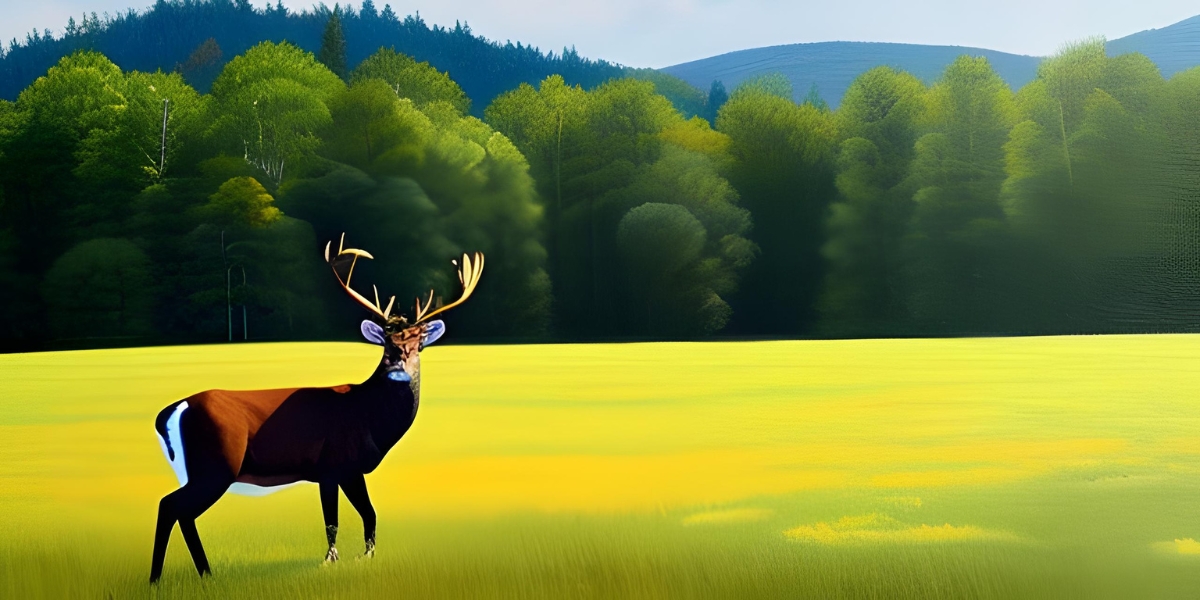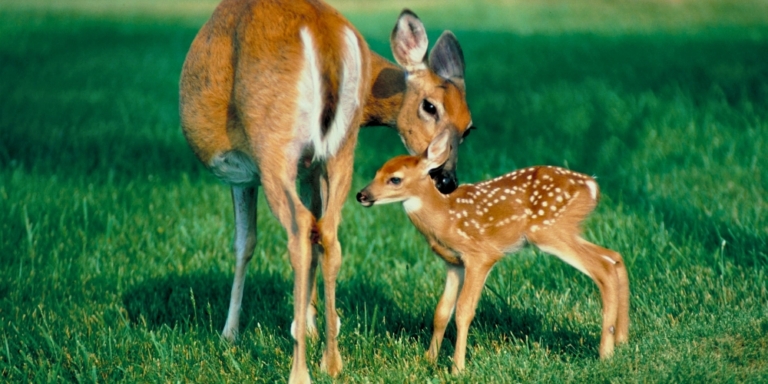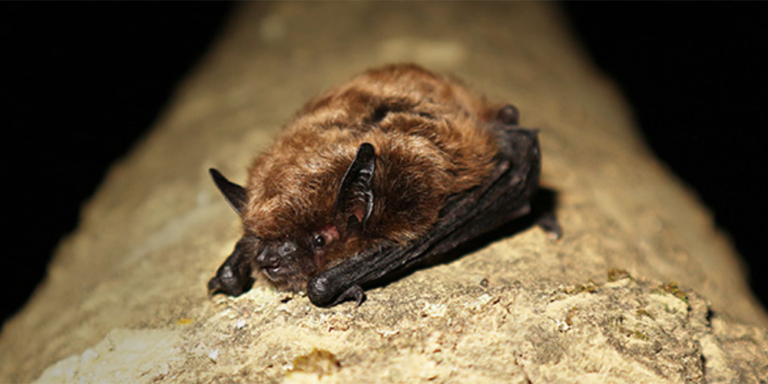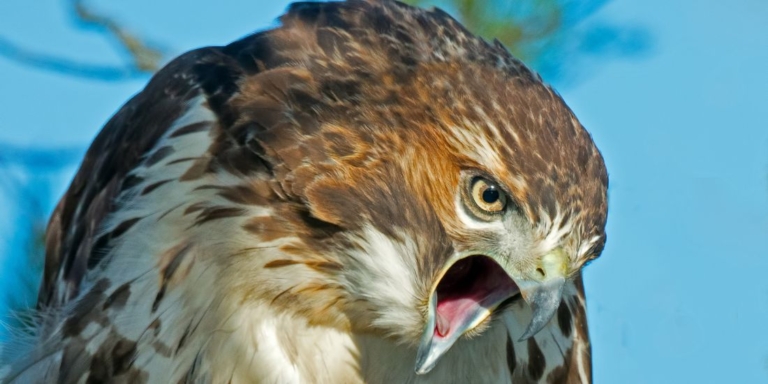Chronic wasting disease (CWD), also known as zombie deer disease, is wreaking havoc on our deer, moose, and elk, with some populations reaching a 23 percent positivity rate. CWD is a fatal and incurable neurological illness that affects cervids.
Cervids are members of the Cervidae family. In addition to deer, moose, and elk, this family includes reindeer and sika deer.
An animal infected with CWD can take over a year to develop symptoms, which include weight loss, stumbling, and lethargy. Scientists believe the disease spreads through body fluids like saliva, urine, and blood.
According to surveillance reports from the Alberta government collected during the 2022-2023 hunting season, evidence of CWD was detected in almost 16 percent of cervids in the province.
In comparison, CWD was detected in just over one in ten cervids during the 2021-2022 hunting season.***”Any animal that gets CWD is always going to die. At this point, it’s just a mess…It’s one of the things that happens with CWD. The numbers don’t appear to go down with time,” Debbie McKenzie, an associate professor of biological sciences at the University of Alberta, told CBC News.
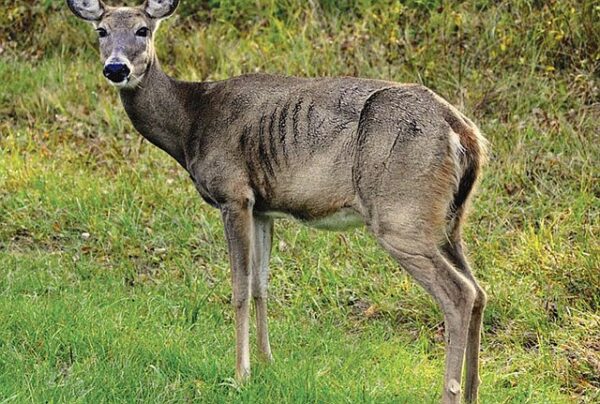

Any animal that gets CWD is always going to die. At this point, it’s just a mess…It’s one of the things that happens with CWD. The numbers don’t appear to go down with time,” Debbie McKenzie, an associate professor of biological sciences at the University of Alberta, told CBC News.
McKenzie suggests that infection rates are the highest around the Alberta-Saskatchewan border. According to her, almost half the deer in the area are infected.
“Basically, every other deer that’s shot during the hunting season is CWD-positive, and there are areas now in the South Saskatchewan River…where it’s greater than 85 percent,” continued McKenzie.
The disease is travelling westward toward national parks, with infected deer identified west of Cochrane.
But what does this mean for humans?
To date, there have been no reported cases of CWD in humans. However, a study conducted by the Calgary Faculty of Veterinary Medicine (UCVM) shows there is a risk of transmission from animals to humans.
Before you start doomsday prepping, the study was conducted on mice. Specifically, researchers injected CWD isolates from infected deer into humanized mice models.
Humanized mice are implanted with human cells to mimic the human immune system. The study found that, over several years, mice developed CWD.
McKenzie notes that hunters can take their deer to be tested by the province. If a deer is positive for CWD, don’t eat it.
“We don’t know if it’s going to jump to humans, but given that there’s really long incubation periods with these diseases, by the time we know that it has jumped…it’s going to be 10 years after people were infected…,” said McKenzie.
Oh no, that doesn’t sound like good news!

